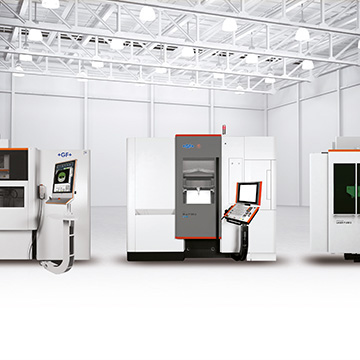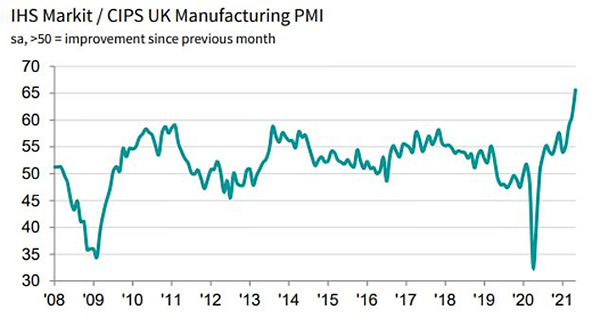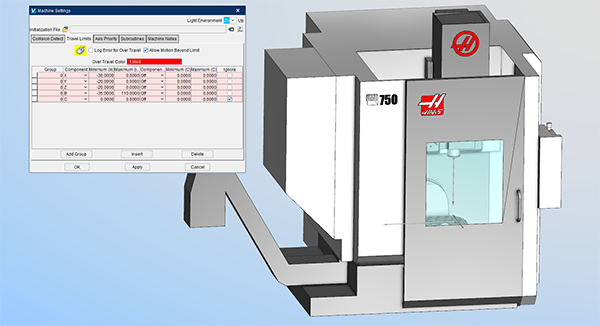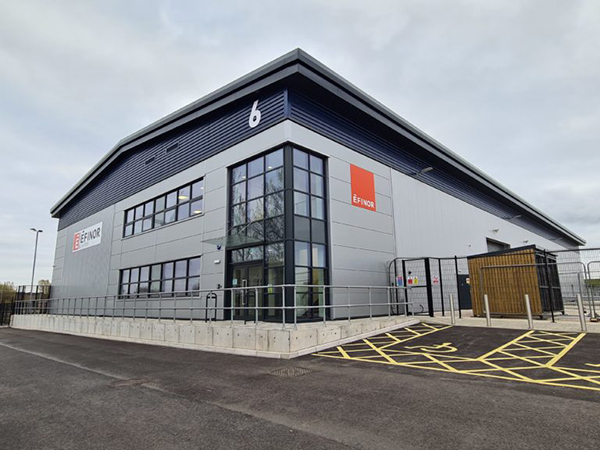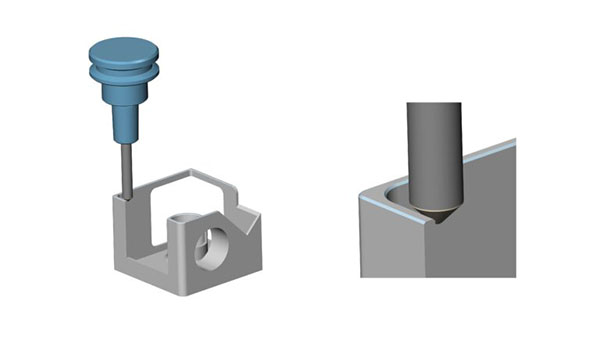
CGTech say that its Vericut software can now read in GDML files with a new 3DLive interface. GDML is an application-independent geometry description format based on XML. 3DLive is available in MachiningCloud for products that require kinematics, such as machine tools and work-holding devices.
MachiningCloud is renowned for its ability to provide 3D models of cutting tools for use in Vericut and other related CADCAM and simulation software. DMG Mori, Haas, Mazak, Kennametal and Kurt Workholding are among the first to supply GDML machine-tool driven-turret units and fixture models to MachiningCloud.
Vericut is the first software of its kind to support the import of 3DLive files for use in verifying, simulating and optimising NC programs. This enhancement provides Vericut users with the ability to read in 3DLive data for CNC machines, work-holding fixtures and cutting tool holders for use in simulations. This capability eliminates having to measure and model the components by traditional means or request 3D models from the machine-tool builder.
“What has traditionally been a challenging and time-consuming procedure to obtain machine-specific information and manually build digital twin machines, can now be done quickly and easily in Vericut using the new 3DLive interface to read information-rich geometry data,” says Gene Granata, Vericut product manager.
The 3DLive catalogue in MachiningCloud currently contains over 8700 products. 3DLive files contain kinematics, travel limits, minimum and maximum feed rates, initial machine location, and 3D geometry colours in a single file format. Vericut can read this data in a matter of seconds.
For further information
www.cgtech.co.uk







